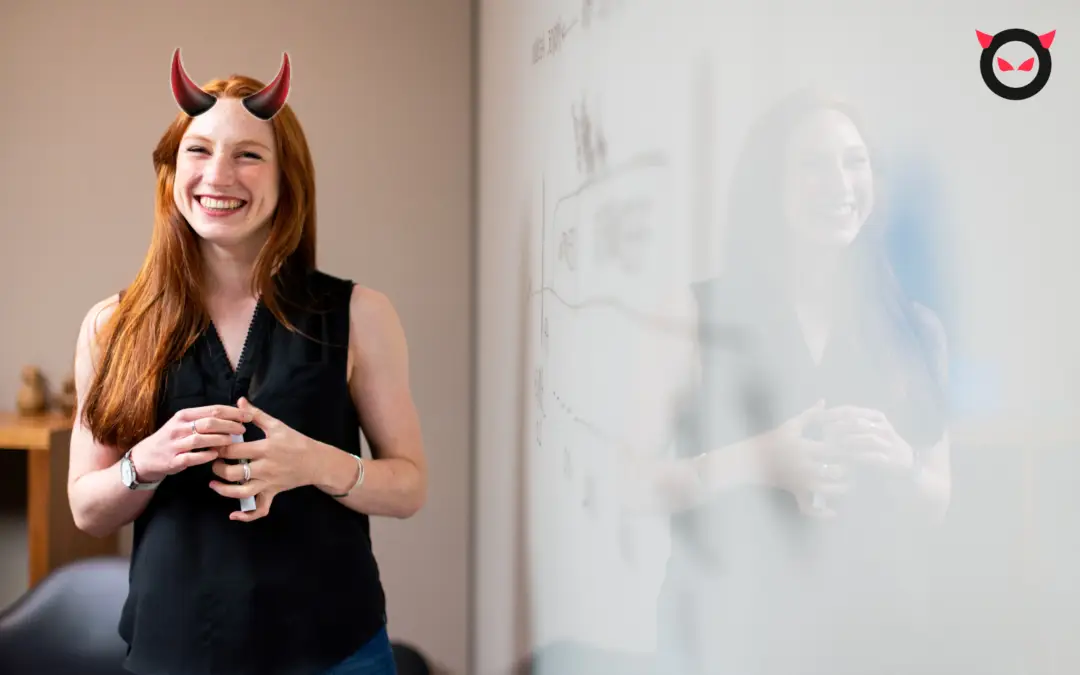Question: Would you rather have 10,000 “Likes” or 1,000 downloads? The below PBM tactics will get you the latter.
Persona Based Marketing (PBM) is the art of addressing content PRECISELY at your target audience based on their profile or “persona”. PBM helps you identify, attract, educate and support the decision process of key stake holders in your target accounts. If delivered correctly, you talk right to the heart of your intended audience, using the business language that they can associate with and addressing current issues that challenge them today. It is by no means a new and innovative marketing concept, but many companies that I talk to still don’t use this as an effective tactic. The reason may be that persona marketing takes TIME, since you need to get to know your target audience and really step into their shoes. In short, it takes a lot of effort – so why bother?
Engagement is the new digital currency
In one word – engagement. Let me be precise here. Inflection Point don’t measure “likes” or “re-tweets”, we measure true engagement. This is where someone has voluntarily consumed some of your content, be that a white paper, a datasheet, customer case study or a blog such as this one. It is engagement that really counts today. What would you rather have, 10,000 followers or 1,000 engagements? If you are simply after more followers it is likely this blog is not going to be for you. If however, you want to interact with those crucial 60% plus B2B decision makers that do some form of online research before reaching a decision, then persona marketing is definitely the way forward.
Case Study
To help understand how it works and the key benefits of PBM, I will use an example of when we launched a campaign at Motorola targeting hoteliers with a Wi-Fi solution a few years back. The B2B sales cycle is not short and typically involves people from different departments, with differing agendas. So we asked some experts and discovered that there are three types of individuals in the decision tree in our target audience; the IT person, Head of Finance and the Managing Director. If we had blasted out an email using IT language and talking technical features to the decision makers in the business, this simply would not resonate. This, indecently, is what was originally proposed! Tip: Talk to sales people, reseller partners and customers to gain this insight.
Instead we got under the skin of everyone that will be in the decision loop that has decision making power. We did that because it is best not to only focus on the IT, who is an influencer rather than a decision maker when it comes to a significant investment like kitting out whole hotel with new Wi-Fi and disrupting guest bookings. More importantly, do you trust this guy alone to pitch the unique benefits of your complex solution to the board in a competitive tender?
To start we profiled in detail each of the three target personas and fully documented their attributes;
- Typical age and gender (yes this is still relevant in B2B = sets tone of voice)
- Likes and dislikes in terms of how the consume information, as well as the technology platform (including media preferences: videos, podcasts, blogs, whitepapers, direct mail)
- Goals and aspirations for the role (what motivates them?)
- The challenges they face at work
- Do they use a certain business language – (helps with SEO/SEM key words)
- Map the benefits of our solution to them
- What sources do they use for trusted information? (PPC)
Tip: This document was also found to be very useful for briefing marketing agencies, telemarketing and for contact list purchasing brokers.
We then mapped out a separate content plan for each of these three streams based on the findings. You must be clear about using the RIGHT content to use and WHEN.
In this case it was agreed that we needed a central “thought leadership” piece that positioned Motorola as a subject matter expert in in-house hotel communications. We read up on the challenges and decided on a white paper that links guest satisfaction (and therefore repeat business) to the quality of the hotel’s Wi-Fi. We then hosted this on a campaign micro-site dedicated to the topic. This was also a useful tactic to help with SEO and key word searches. as well as monitoring results. With all the pieces in place, it was time to fully engage in PBM!
A series of tailored emails where sent to each stream (IT, Finance and Director) to lead them to this micro site and here is what we focused on, mostly based on the findings from a survey that we did.
- IT – Improved Wi-Fi uptime and coverage, easy network management and increased security
- Finance – Low cost solution with a fast ROI
- Director – Improved customer satisfaction, easy to deploy with minimum business disruption
For the business people we made a link between guest satisfaction – repeat business and the quality of the Wi-Fi in their hotel and for IT, the issues where again different. In terms of content delivery, IT like twitter and blogs for information, with Finance and Directors preferring white papers and industry pieces on the travel and leisure industry, as well as case studies. P.S. They love to monitor the competition!
The results
Mapped against similar past projects with comparable budgets, engagement was up by around 40% and we had more inbound leads than any Wi-Fi campaign we had run before. A higher marketing ROI made our stakeholders very happy. This was achieved with careful planning, information gathering and monitoring results.




